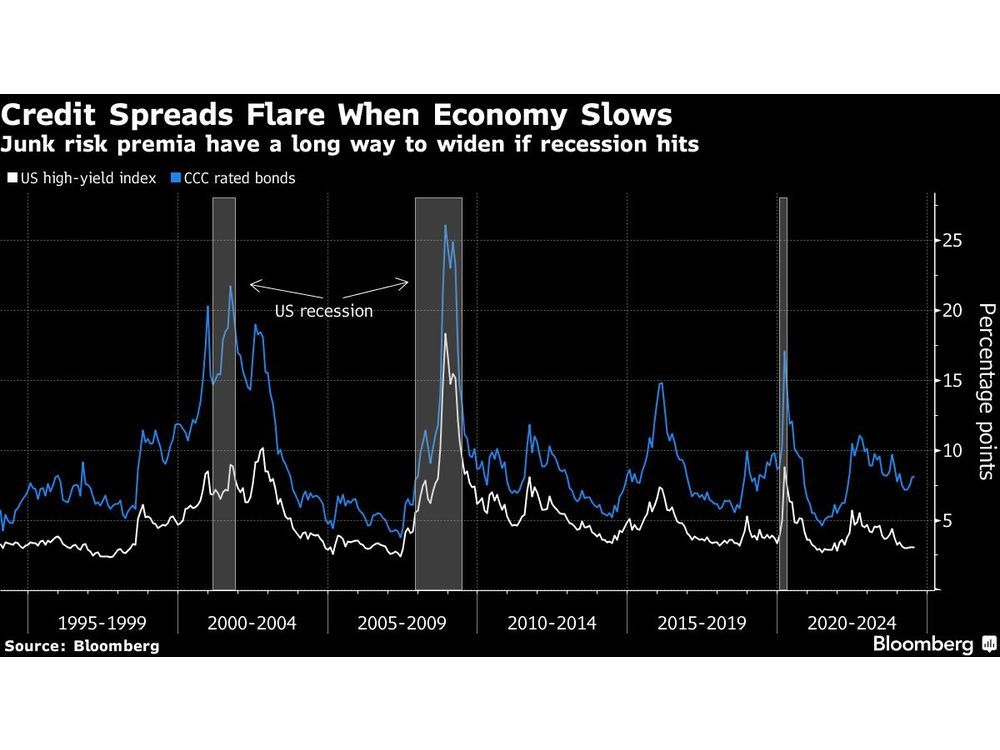Follow us on LinkedIn
Bonds are fixed-rate debt instruments. It means that those who invest in bonds get a fixed interest payment over the bond’s lifetime. However, there are some variations of bonds that come with variable or increasing coupon rates. A step-up coupon bond is one of them.
What is a Step-Up Coupon Bond?
A step-up coupon bond, or step-up bond, is a debt instrument that pays comes with a lower initial interest rate. However, it includes a feature that provides increasing rates after specific periods. There is no standard for step-up bonds to follow when it comes to interest rate increases. Usually, the issuing entity dictates the timing and rate increases associated with these bonds.
Most investors prefer step-up coupon bonds. It is because these include characteristics of fixed-income investments while also offering increasing interest payments. However, some investors may not like the lower interest rates that these bonds initially offer. Similarly, these bonds may come with some risks that investors must bear.
How do Step-Up Coupon Bonds work?
Step-up coupon bonds follow most of the characteristics associated with conventional bonds. Most bonds come with a coupon rate, which dictates the interest payments that investors will receive. For example, a bond with a face value of $1,000 and a coupon rate of 5% will always generate $50 in interest payments. The investor can expect the same interest payment through the bond’s lifetime.
On the other hand, step-up bonds work differently. Once investors buy a step-up bond, they can expect increasing interest payments in the future. Despite the lower initial coupon rates, the rates on these bonds increase gradually. The increment in the rate depends on the issuer and the terms of the bond. Usually, these bonds span over several periods and come with multiple increments.
For example, an investor that invests in a five-year step-up bond may get a coupon rate of 3%. However, the rate may increase to 5% after two years. After another two years, the coupon rate may reach 7%. For a bond with a face value of $1,000, the investor will receive $30 for the first two years. Then, the payment will increase to $50 in the subsequent two years. In the last year, the investor can expect interest payments of $70.
The number of step-ups and the increments in coupon rates will differ from one step-up coupon bond to another. Some bonds may come with a single large step-up while others may come with several small increments.
What are the advantages of Step-Up Bonds?
Investors prefer step-up bonds for several reasons as they are more advantageous. When the interest rates in the market are rising, step-up bonds provide better returns to investors compared to fixed-rate bonds. With every increment in the bond’s coupon rate, investors get higher returns. Therefore, they are less risky for investors.
Due to their high favorability, step-up bonds are also highly liquid. Investors can easily find buyers for their step-up bonds compared to other bonds. Overall, the increasing interest rates, lower risk, and high liquidity make step-up coupon bonds highly beneficial for investors.
Conclusion
Step-up coupon bonds come with incremental interest rates. These bonds come with single or multiple coupon rate increments during their lifetime. However, they also come with lower initial interest rates. Investors prefer step-up bonds over other types of bonds due to their increasing returns. Overall, they are highly advantageous for investors.
Further questions
What's your question? Ask it in the discussion forum
Have an answer to the questions below? Post it here or in the forum
Meta rolled back January 6-era restrictions on former President Donald Trump's social media accounts ahead of the Republican National Convention.



June saw 75 filings, up from 62 in May and above the pandemic-era peak of 74 in July 2020, according to S&P Global Market Intelligence.

Credit markets are breathing a sigh of relief after inflation data showed price pressures are cooling broadly, but a weakening economy poses fresh risks to corporate debt.